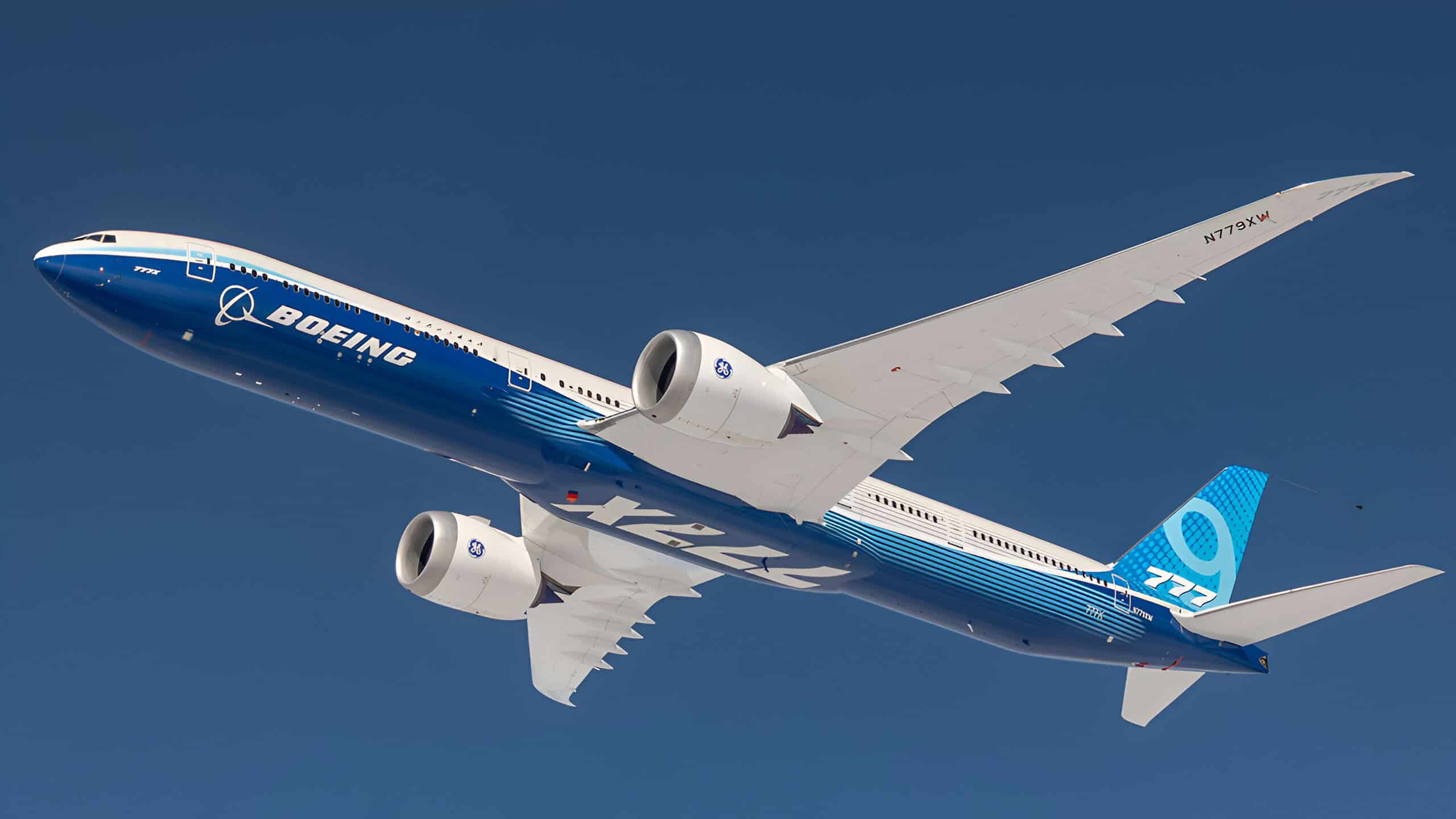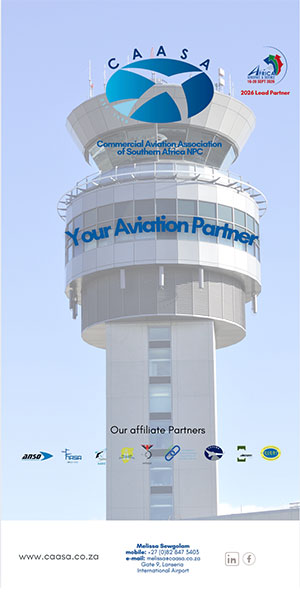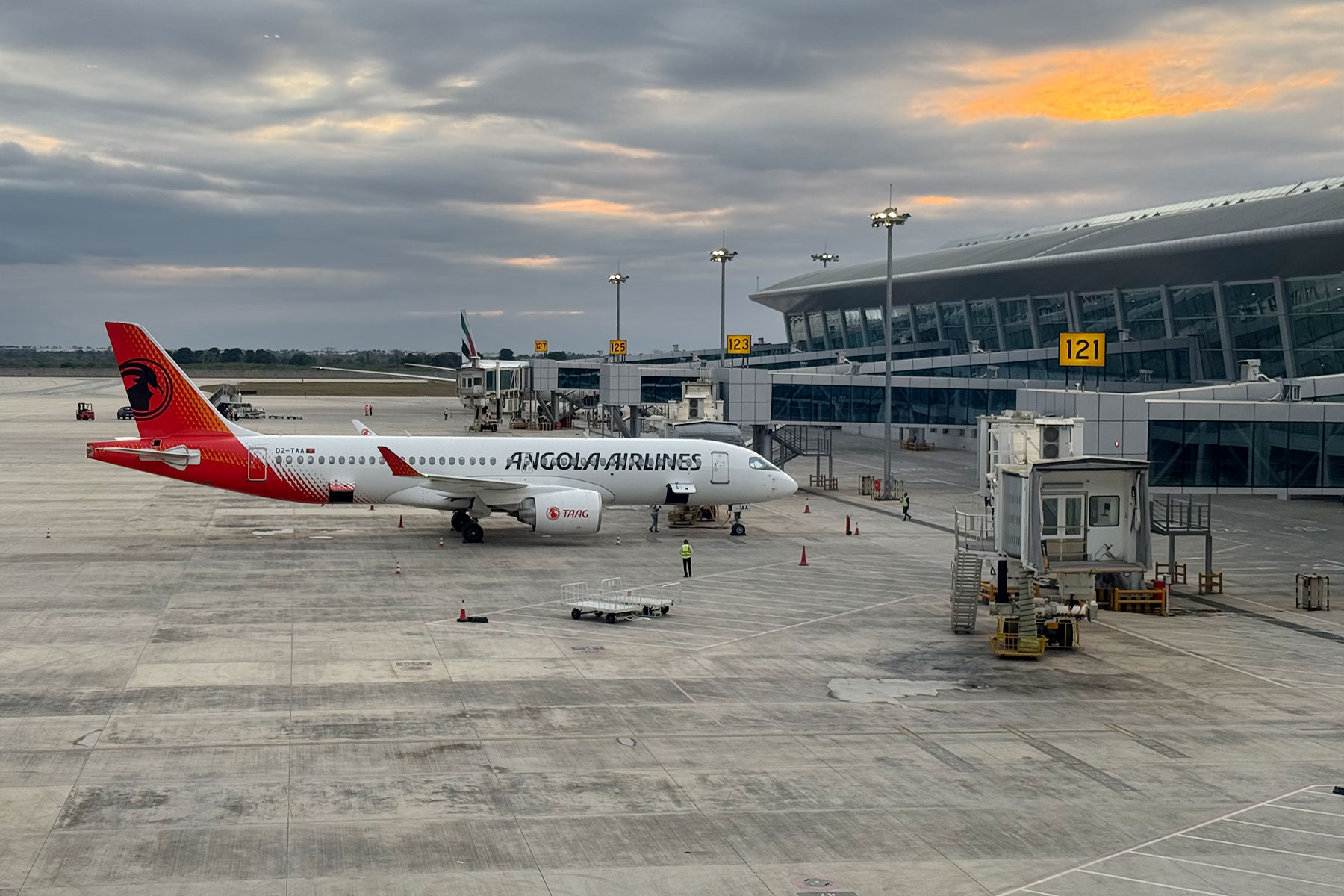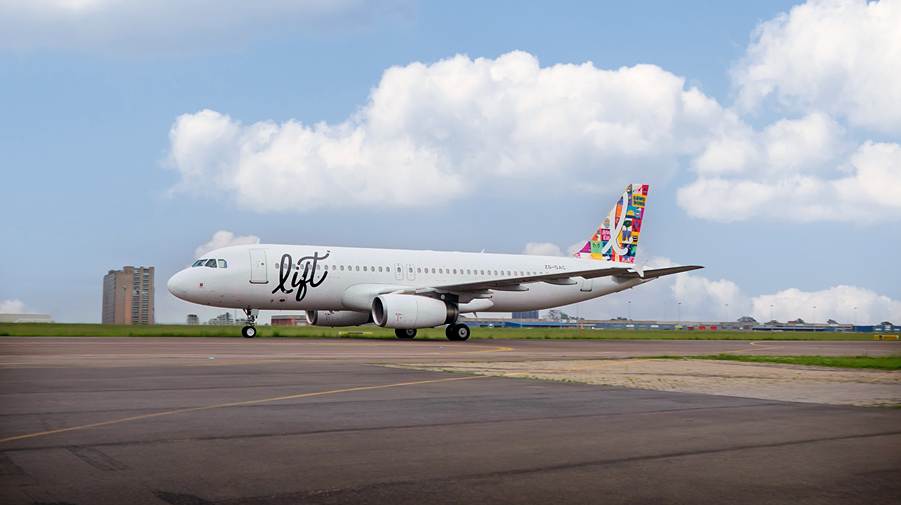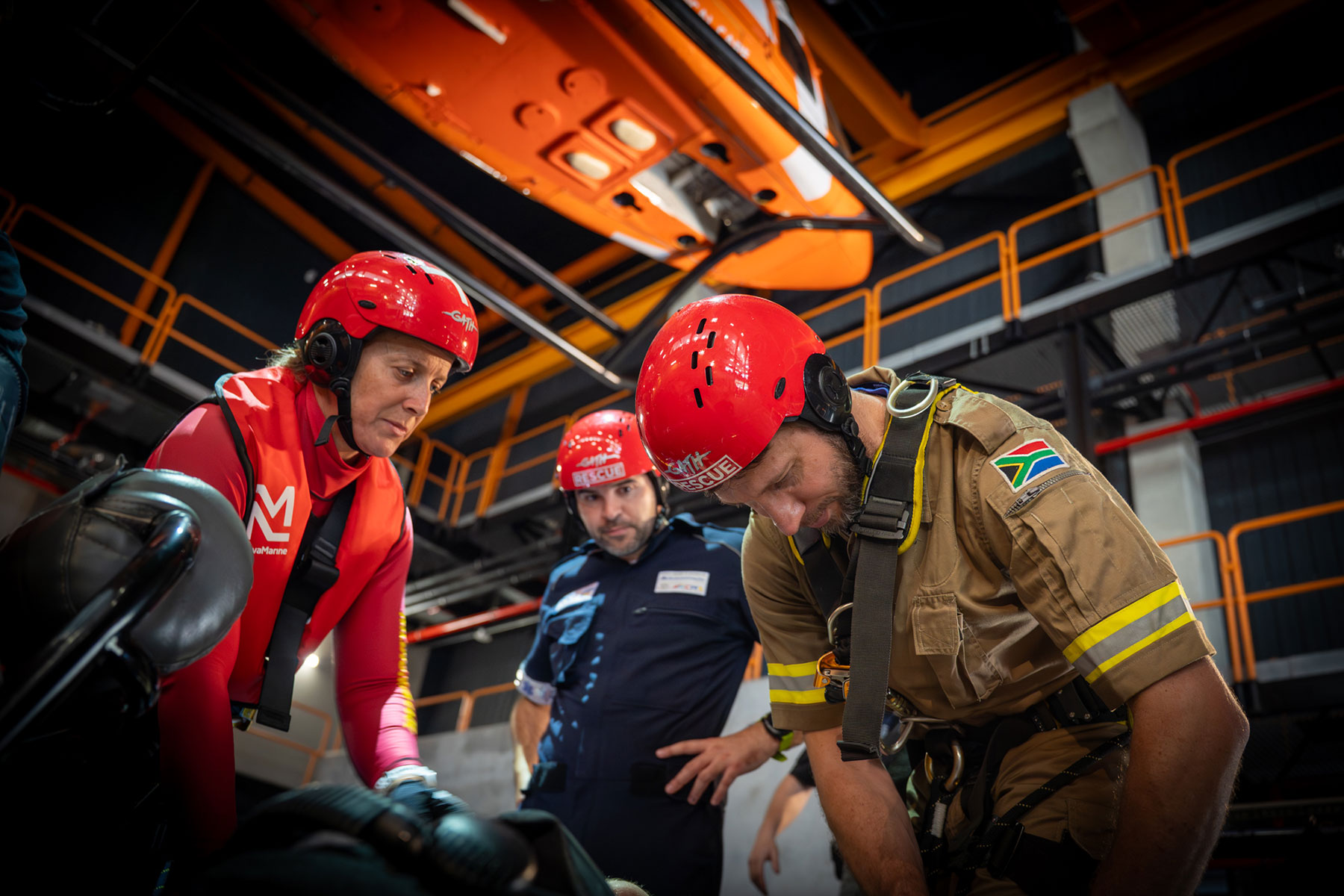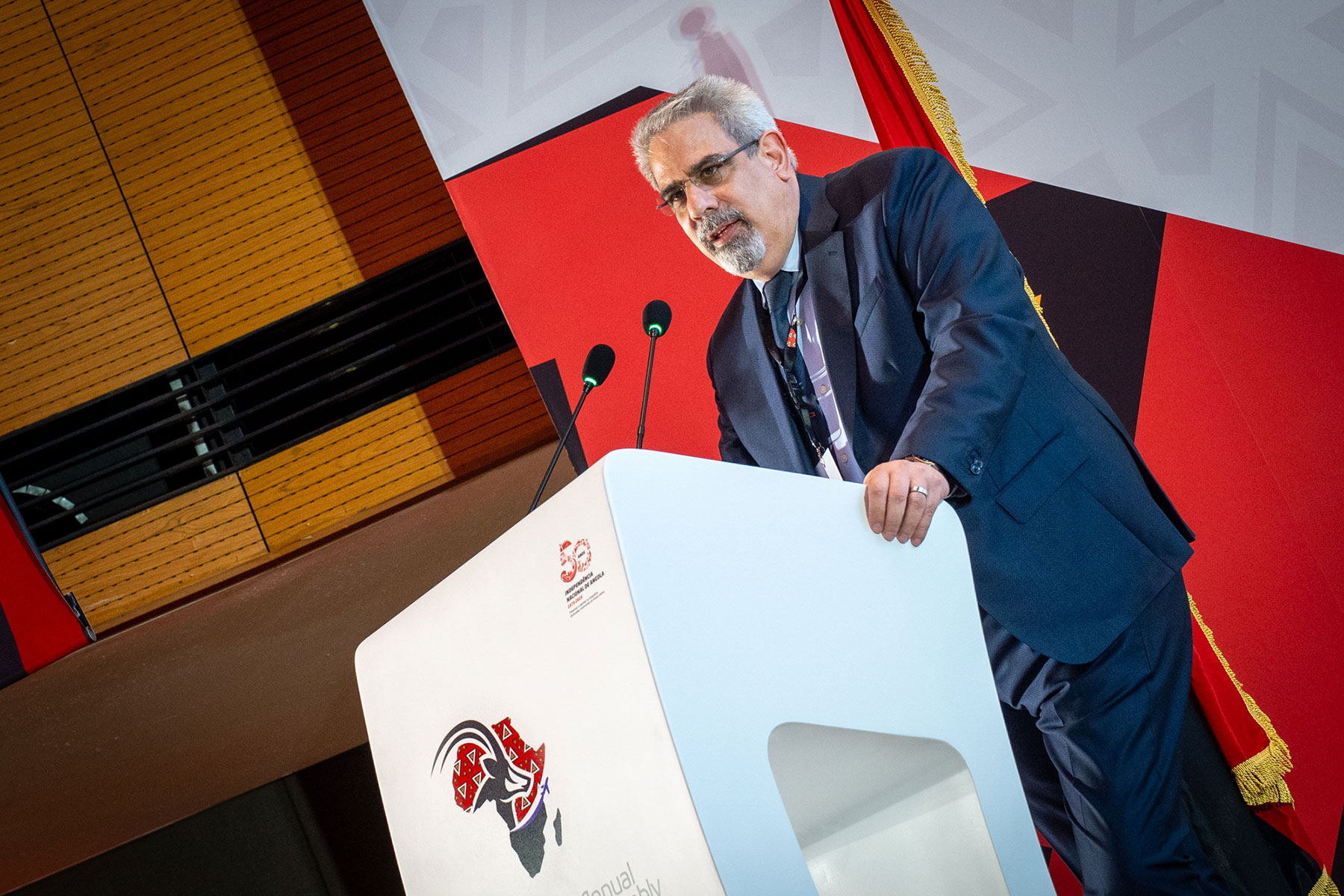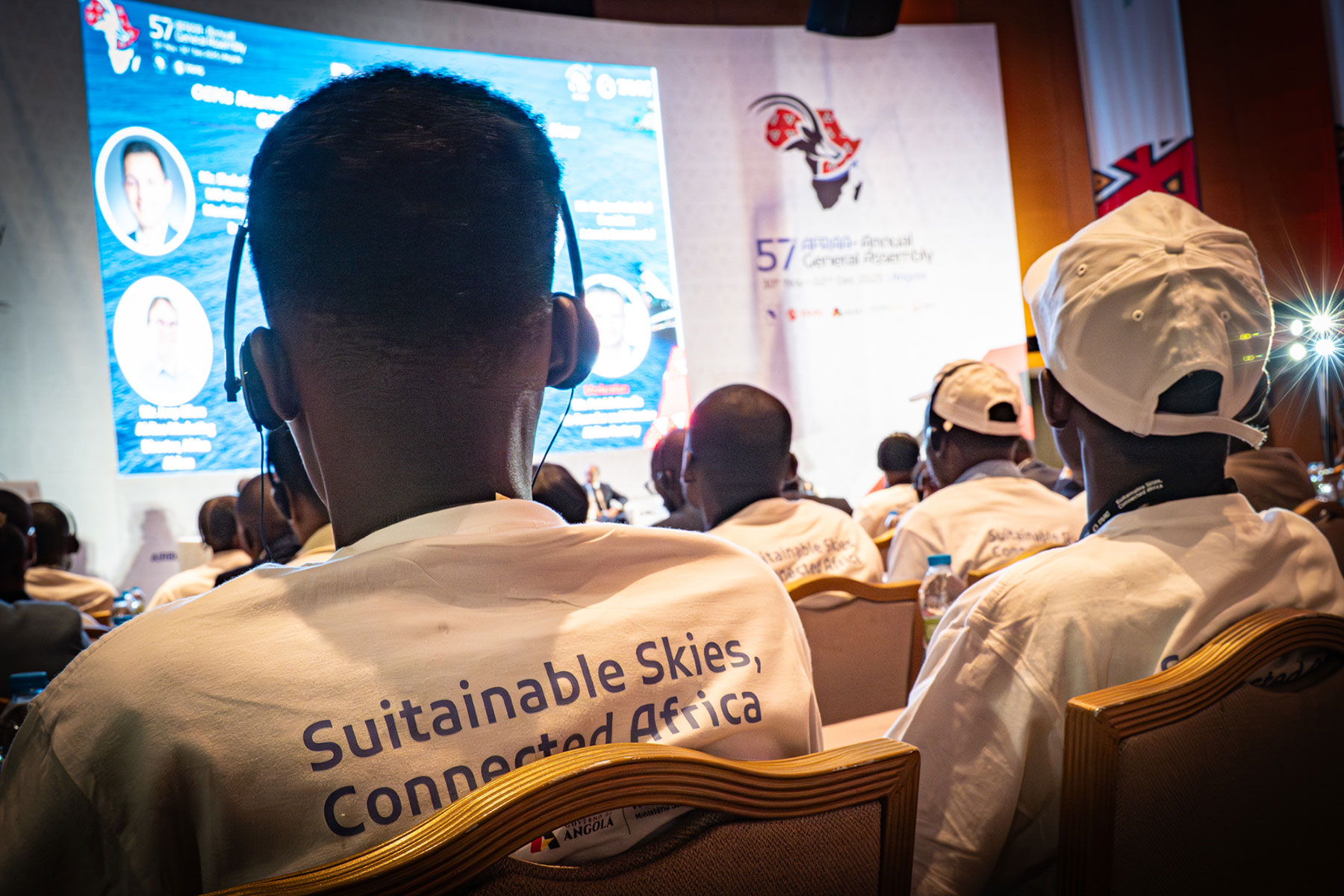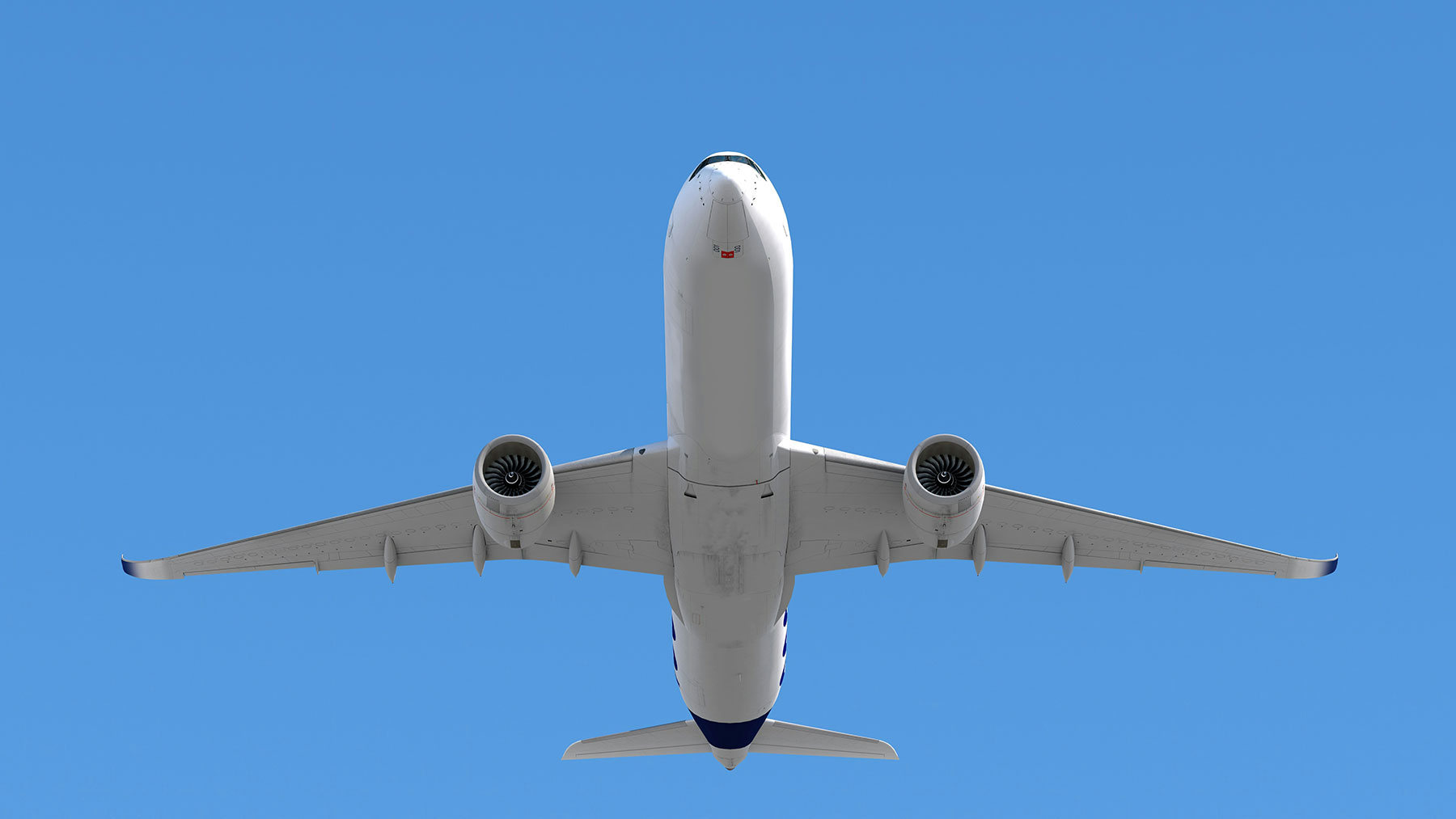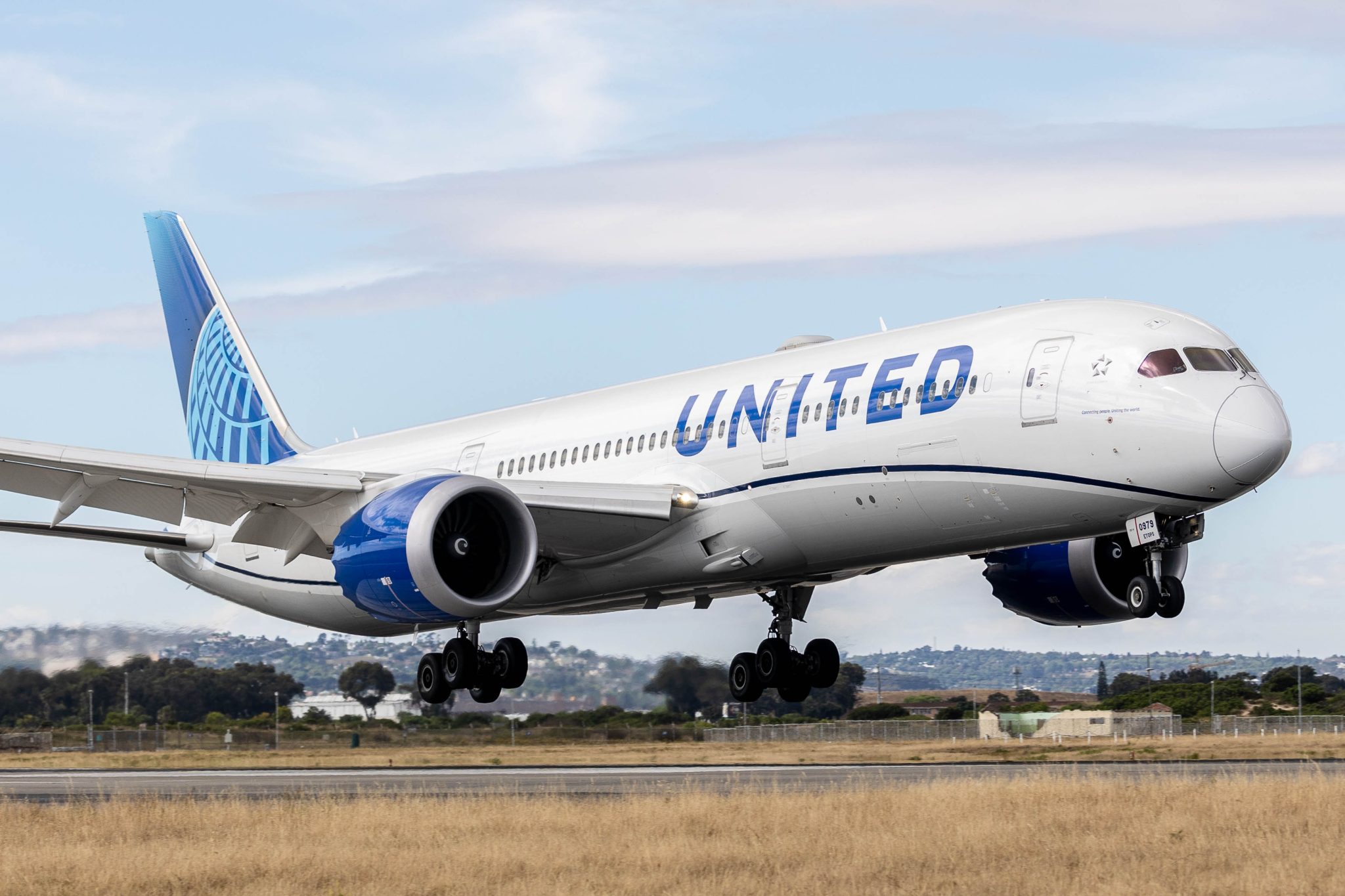Produced for African Pilot Magazine by Sherryn de Vos
The new Boeing 777X has been a hot topic swirling around the commercial aviation industry for a while now, and 2025 has finally seen some positive movement toward the fruition of Boeing’s efforts. The 777X has long been rumoured to be a game changer for the commercial aviation space, setting the stage for future aviation development. Not only is it promising to be the world’s largest and most efficient twin-engine jet, but it is also expected to offer cutting-edge advancements in aerodynamics and engine technology.
However, Boeing is not only focussing on the technological aspects of the aircraft but taking sustainability, consumer satisfaction and the cost of flying into consideration. They are claiming that the new 777X will not only outperform competitors but also offer a more sustainable and cost-effective flying experience for airlines and passengers alike.
What Sets the Boeing 777X Apart?
At its core, the 777X is a true technological leap with immense standout features that seem to blow its competition out of the water.
- Fuel Efficiency and Lower Emissions: Thanks to innovations in aerodynamics and its new GE9X engines, the 777X boasts 10% lower fuel consumption and emissions, as well as a 10% reduction in operating costs compared to its competitors. This positions it as a significant player in the push toward greener aviation.
- Size and Comfort: The 777X’s wide cabin offers more space, with a design that’s 16 inches wider than comparable models. The innovative architecture draws on Boeing’s experience with the 787 Dreamliner, ensuring passengers enjoy a quieter, more comfortable flight, with better air quality and larger windows.
The Specs: A Closer Look
Let’s take a deeper dive into the technical specs for both the 777-8 and 777-9 variants to fully understand what it offers:
Boeing 777-8:
- Program Launch: November 2013
- Typical Seating: 395 passengers (2-class)
- Range: 8,745 nautical miles (16,190 km)
- Length: 232 feet, 6 inches (70.86 m)
- Wingspan: 235 feet, 5 inches (71.75 m) when extended
- Engine: GE9X engines, supplied by GE Aviation
- Cabin: Spacious, 16 inches wider than the competition, with a new customizable architecture
Boeing 777-9:
- Program Launch: November 2013
- Typical Seating: 426 passengers (2-class)
- Range: 7,285 nautical miles (13,500 km)
- Length: 251 feet, 9 inches (76.72 m)
- Wingspan: 235 feet, 5 inches (71.75 m) extended, 212 feet, 8 inches (64.85 m) on the ground
- Engine: GE9X engines
- Cabin: Wider, more comfortable, with advanced features borrowed from the 787 Dreamliner
777-8 Freighter:
- Payload: 118 tonnes (gross), 112 tonnes (revenue)
- Range: 4,410 nautical miles
- Length: 232 feet, 6 inches (70.86 m)
- Wingspan: 235 feet, 5 inches (71.75 m) extended, 212 feet, 8 inches (64.85 m) on the ground
- Height: 64 feet (19.5 m)
The Controversy of the Seemingly Endless Delays and Setbacks
This impressive aircraft has, however, not been without its challenges. Delays in its production have been a point of frustration for both Boeing and its customers. Originally slated for delivery in 2020, the aircraft’s entry into service has been repeatedly delayed due to a combination of factors, including engineering challenges and issues related to the GE9X engine development.
Some sources also point to ongoing supply chain issues, which have affected Boeing’s overall production schedule. While the manufacturer hopes to ramp up output of other aircraft models like the 787 Dreamliner, some experts are questioning whether Boeing can meet its ambitious targets for the 777X’s delivery.
The Lufthansa Surprise: Beating Emirates to the Punch
But, things seemed to take a turn in late January when news broke about the first airliner staking their claim on the new machines. And, it wasn’t who everyone was thinking it to be. Lufthansa has pulled off a surprise move, beating out Emirates to become the first airline to take delivery of the aircraft.
Despite Lufthansa’s strong connection with Boeing, many had expected Emirates. Given the long-standing partnership between Boeing and Emirates, it was widely anticipated that the Dubai-based airline would receive the initial deliveries. However, Lufthansa, with its substantial order book and commitment to fleet modernisation, edged out Emirates for this first prize.
Lufthansa, which has already placed a massive order for 27 – 777X models, will receive the 777-9 variant, with a typical seating capacity of 426 passengers in a two-class configuration. Some of Lufthansa’s order will also include the 777-8 freighter, a dedicated cargo version of the aircraft. The airline’s leadership in adopting this new aircraft places it at the forefront of aviation history, as it becomes the first airline to host this game-changing jet.
Looking Ahead: What This Means for the Market
Already, this 777X is promising to reshape the aviation industry with its lower operating costs, improved fuel efficiency, and a better overall passenger experience. But for Boeing, the 777X is a chance to perhaps save face after a tumultuous few years in the spotlight, as well as regain momentum after the setbacks of the 737 MAX crisis and the delays of the 787 Dreamliner.
However, it may not only be Boeing who could ultimately benefit from the birth of the 777X, but the industry as a whole. While Lufthansa’s surprise move has caught some off guard, it reflects the changing dynamics of the aviation industry. Will other airlines follow Lufthansa’s lead and challenge the aviation oligarchy, or will Emirates reclaim its position as the 777X’s largest customer in the long run? Time will tell.
